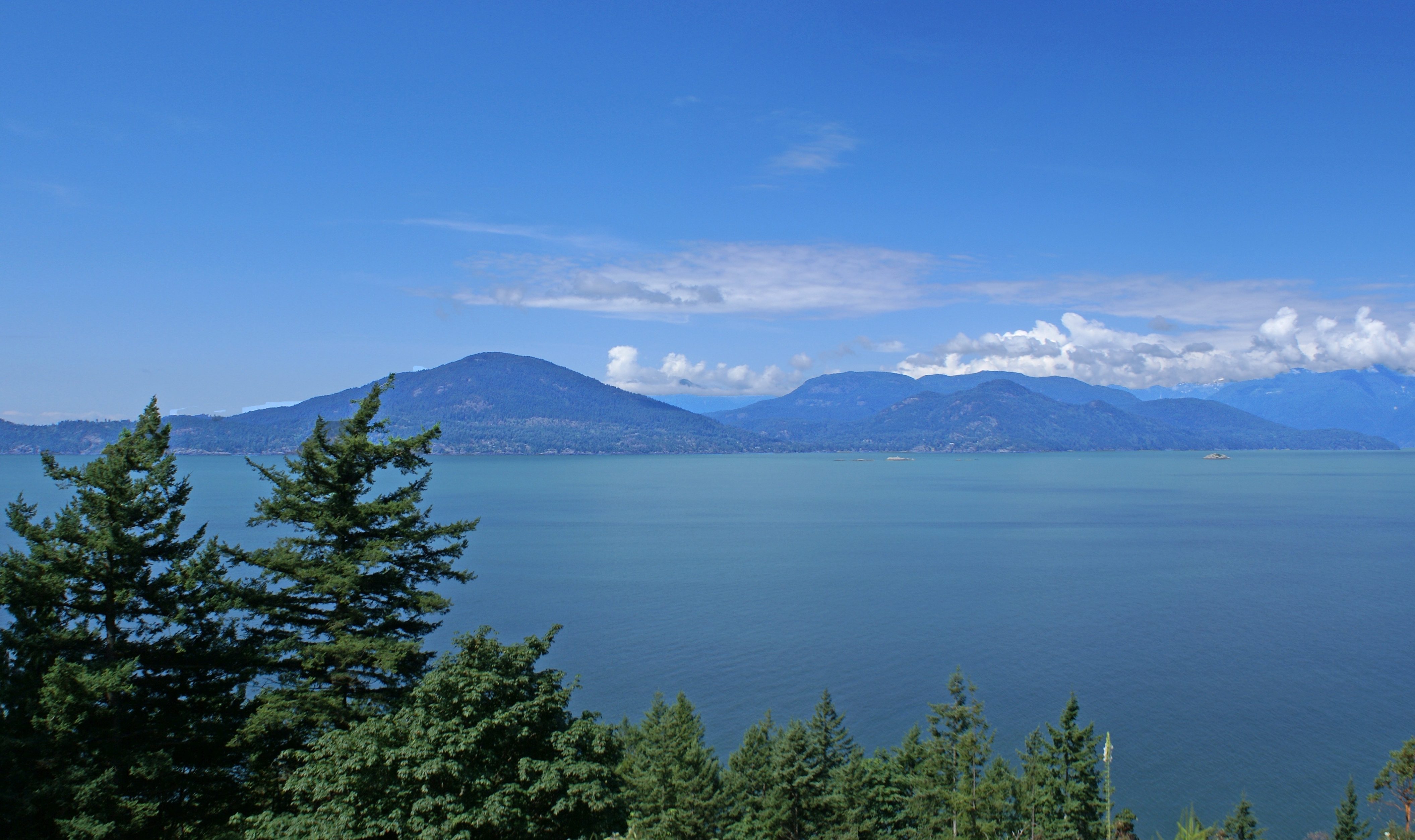Quaternary Geomorphology of the Fraser Lowland

About the Field Trip
Interpreting landforms and surficial materials in the field is an integral part of the geomorphologist’s art. To help you further understand the Quaternary history of the region, and to apply some of the theory we have explored in lecture and in the labs, this field trip will introduce you to Quaternary sedimentary deposits and landforms across the Fraser Lowland.
The instructor will lead the field trip on Saturday, March 14. This website is designed as an alternative if you are unable to attend the field trip with the class and has captured 360 degree videos, images and audio to help provide a similar experience as those student who came on the class field trip. You will still have to go to the different field sites, preferably with at least 1-2 others from the class to have discussions with and help make field observations and interpretations.
You are expected to produce the same field trip report as your fellow students. This will be in the form of a scientific paper. The primary purpose of your paper will be to provide insight into the glacial and deglacial history of the Fraser Lowland, based on your findings in the field. As you have probably noticed from the plethora of scientific journal articles you have read as part of your career as a geologist/geographer, a scientific paper reads very differently from an English essay. Your scientific paper should consist of a title, an abstract, an introduction, methods used (i.e., sites visited and type of data collected), results, a discussion of the results, and a brief conclusion. Each field report should contain all of these sections, especially the abstract. The final product should average 3-4 pages of written text, plus figures and an overview map, and professionally constructed (Points will be deducted for haphazard, uncollated reports). Below is a detailed description of each of the sections to include.
Abstract: The abstract is the most important part of any scientific report. It acts as an advertisement for other scientists, inviting them to read the whole article/paper/report. It should provide a clear overview of the contents of your report: what hypothesis you are addressing (for instance, What can the spatial distribution of Quaternary deposits of the Fraser Lowland tell us about the glacial history of the region? Or else, How do the different sedimentary facies around the Lowland affect land use practices or urban planning in the region?), why this hypothesis is important to the scientific and/or land management communities at large, and anything you personally contributed to testing this hypothesis. Since you will be putting together a model based on field observations, such as looking for specific landforms or sedimentary units, you should summarize your findings and their implications in a sentence or two. The abstract should be anywhere between 100 and 300 words.
Introduction: The introduction should include an overview of the area, the specific settings and locations, a short survey of earlier work done in this area and results found (check the field guide), and the nature and scope of your hypothesis, including the purpose of the field exploration (e.g. how can it help us understand the landscape in which we live?).
Methods and Results: In this section, you should lay out the techniques you used in the field, and the data you collected: a) map of general locations, b) longitudinal profile of landscape, c) stratigraphic sections measured and described, d) cross-sections of the field sites, and e) any particle size analyses undertaken. Field observations including stratigraphic sections and logs (preferably done using a computer graphics package such as Illustrator or Freehand), descriptions of sedimentary facies, and descriptions and maps of landforms and structures should be included here. Use the questions in the field trip directions to help guide your observations. Avoid analyzing or speculating on the data in this section, but point out any unexpected results you might have gotten, as well as any assumptions you have made.
Discussion: The discussion section should explore the implications of your findings. What do your findings mean for the glacial history of the area or glacial processes at large? Can you put together a timeline of the major deglacial events in the region? And most importantly, 1) what information may still be lacking to compile a definitive history, and 2) how and where would you conduct more field research, or develop a new hypothesis, based on what you now know? This is the second most important part of your paper, and you should spend some time developing your personal thoughts on the implications of what you have found. Try to avoid vaguely thought-out conjectures (a.k.a. arm-waving), but discuss concretely what you can confidently deduce from your field notes and what avenues still need to be explored.
Conclusion: Your conclusions should have already been presented in the abstract and discussion, so keep it brief (3-4 sentences are fine). A short summary of the glacial/deglacial history of the Lowland, summarized in slightly different language than you used previously, should be enough.